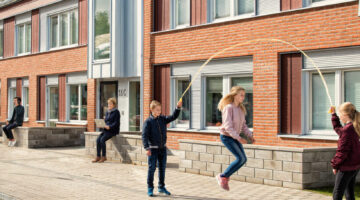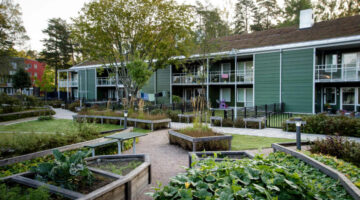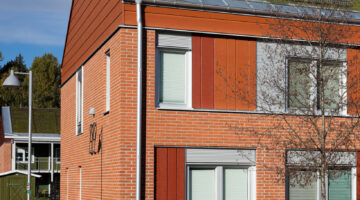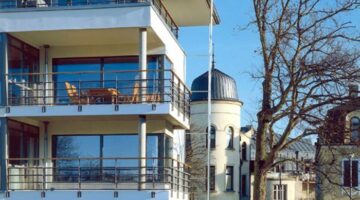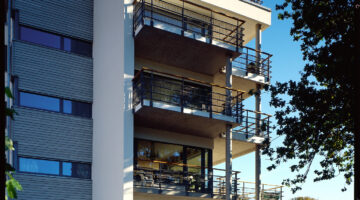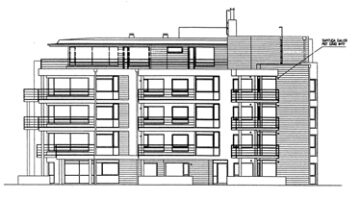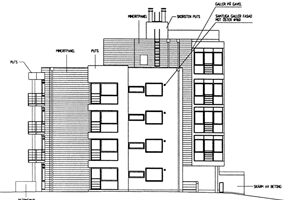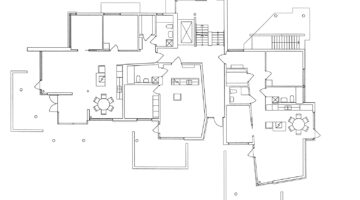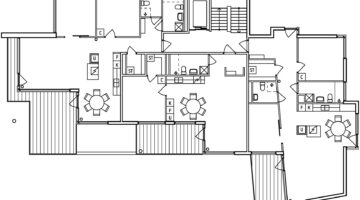Swedish Tenants’ Union
Main objectives of the project
In most countries globally, rent prices are primarily dictated by market forces. However, Sweden, shaped by its history of progressive ideals and left-leaning governance, has upheld a unique rent model grounded in the concept of "use-value." Here, rent isn't subject to market fluctuations but rather negotiated between landlords and tenants, taking into account the specific attributes of the property. This system stems from a longstanding regulatory approach in Sweden that treats all rental housing equally, regardless of form or tenure.
Date
Stakeholders
- Hyresgästföreningen
Location
Country/Region: Sweden
Description
In the housing sector, a significant challenge arises from the unequal distribution of power and information among stakeholders, leaving tenants particularly vulnerable in an imperfect market environment. This concern prompted Sweden to organize tenants into mass grassroots unions as early as the 19th century. The primary objective was to enable tenants to negotiate rent and housing conditions with property owners. Following the establishment of the welfare state, the methodologies of negotiation developed by these Tenant Unions were formalized into law.
Presently, all tenants in Sweden, regardless of whether housing is provided for profit or not, possess the right to participate in negotiating rents and tenancy conditions. This right is reinforced by tenant mobilization and active campaigns advocating for tenant rights. With a membership of 500,000 individuals, the Tenants' Association has not only become one of Sweden's largest grassroots movements but also the world's largest tenants' association. The Association, alongside representatives of landlords, engages in negotiating tenancy agreements. In instances where landlords refuse to negotiate with tenants, a statutory Rent Tribunal holds the authority to impose arrangements regarding rent levels and tenancy conditions.
Currently, the largest tenant union negotiates rents for three million tenants residing in 1.5 million apartments. These apartments are situated across 300 municipal housing associations and 45,000 private rental properties. Approximately 4,000 elected members participate in rent negotiations.
The system mirrors the process by which wages are determined in Sweden, characterized by broad sector-based negotiations between organized labor and employers' organizations. This system operates on the principle of "bruksvärde," or "use-value," which aims to both model market rents and ensure fixed tenure and reasonable rents for tenants. Rent is established based on various factors including the size, design, location, and physical condition of the apartment in question.
In addition to negotiations, the Tenant's Union advocates for policy innovations such as rent regulations for housing in the free market and the promotion of cooperatives or social housing.


